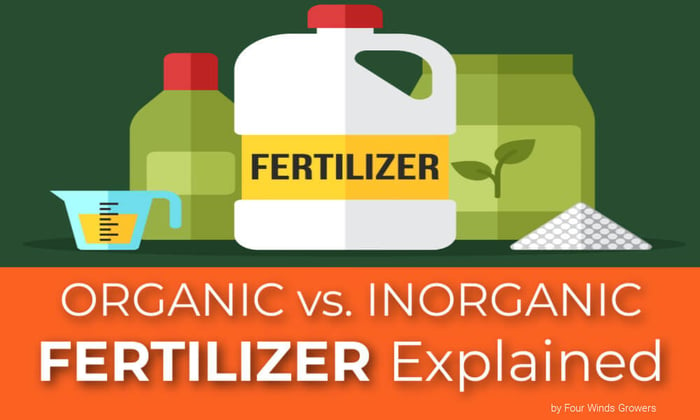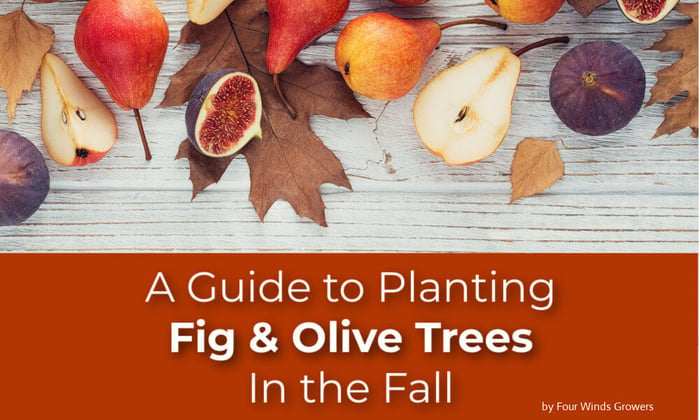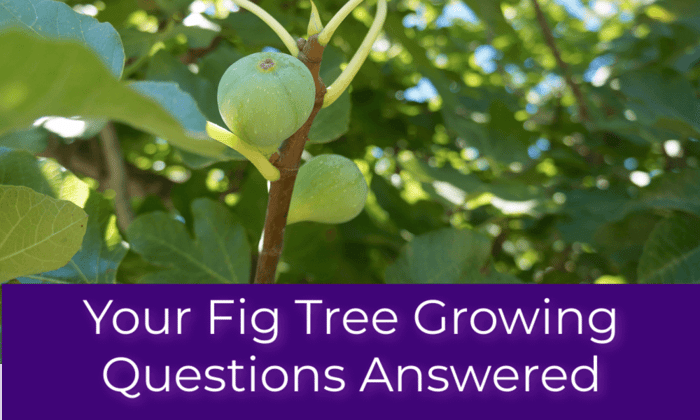Table of Contents
How to Care For Fig Trees in the Summer
Figs are having a moment, and honestly, it’s well deserved. They’re low-maintenance, beautiful, and the fruit tastes like summer sunshine. If you’ve never grown fig trees in the summer before, you’re in for a treat. These trees are surprisingly easygoing, making them a favorite for fruit tree growers. They wake up in spring with a flush of new leaves and baby figs, stretch and grow all summer long, and then reward you with sweet, jammy fruit in late summer through early fall.
Once the cooler weather hits, they go into a cozy winter dormancy, shedding all their leaves like clockwork. Then the whole cycle begins again. This is simple, reliable, and deeply satisfying to watch.
Your fig trees in the summer months are actively growing and working hard to produce fruit, it benefits from a little extra attention. This is the season when your tree is putting all its energy into growing those luscious figs, and a few thoughtful practices can make a big difference in the size and flavor of your harvest.
This simple guide will walk you through the essentials of growing fig trees in the summer, llike watering and feeding, pruning and pest control. Let’s make sure your fig tree thrives during the hottest months of the year.
Sun exposure:
Fig trees are sun lovers through and through. To grow healthy trees and sweet, flavorful fruit, they need at least 6 to 8 hours of direct sunlight each day. Sunlight fuels photosynthesis, which in turn supports strong growth, leaf production, and most importantly, fruit development.
Without enough sunlight, fig trees may still grow leaves, but fruit production will suffer. You might end up with smaller figs, delayed ripening, or fewer fruits overall. A fig tree growing in partial shade will likely struggle to reach its full potential.
If your fig tree is planted in the ground, choose a spot with southern or western exposure where it can soak up the most sunlight throughout the day. In cooler coastal regions, a spot near a warm wall or fence can help reflect additional heat and light back onto the tree, speeding up ripening and extending the growing season.
For container-grown figs, the advantage is flexibility. If your tree isn’t getting enough light, you can move the container to a sunnier location. Just be sure to check on soil moisture more frequently, as containers tend to dry out faster in full sun.
Fig trees in the summer months can tolerate intense sunlight, but young trees may benefit from a little afternoon shade if the heat is extreme. In very hot inland areas, some light filtering during the hottest part of the day can help prevent sunburn on the fruit and leaves.
Sunlight is one of the most important factors for a productive fig tree. Prioritizing a sunny location is one of the simplest and most effective things you can do to ensure a strong harvest. Healthy trees in full sun will reward you with the best possible fruit.
Watering:
Fig trees in the summer require regular watering, especially during hottest days of the year. Water deeply, ensuring the soil is consistently moist but not waterlogged. If you grow your figs in containers, you may have to water more often because the soil will dry out quicker in hot weather.
Fertilization:
Figs are generally low-maintenance when it comes to fertilization. However, providing a balanced fertilizer at the beginning of the summer can be beneficial. Follow the instructions on the fertilizer packaging. We love G & B Organics because it is gentle and effective.
G&B Organics Fruit, Citrus & Berry Fertilizer (6-4-2)

$14.00
--OVERVIEW-- Grow better tasting, more nutritious fruit and produce more abundant crops. Blended special organic formula for feeding fruit trees 6-4-2 Includes beneficial microbes to build life in the soil to support healthy plant growth OMRI Listed for Organic Use… read more
Pruning:
You can remove any dead, diseased, or damaged branches during the summer, but it’s best to prune in the early spring before your tree has started to set new leaves. It can help improve air circulation and reduce the risk of fungal diseases. Avoid heavy pruning during the summer to prevent excessive stress on the tree.
Pests and diseases:
Keep an eye out for common fig tree pests like aphids, scale insects, and spider mites. Regularly inspect the leaves and branches, and if you notice any pests, treat them with appropriate insecticidal soaps or horticultural oils. Additionally, monitor for signs of diseases such as rust, leaf spot, or powdery mildew.
Fruit thinning:
If your fig tree produces an abundance of fruit, consider thinning them out during the summer. Removing excess fruit allows the remaining figs to grow larger and improves the overall quality of the harvest.
Harvesting: The Best Part!
As summer stretches on and the days stay long and warm, your fig tree will begin offering up its main event: ripening fruit. This is the payoff season and the reason we all fall in love with growing figs in the first place. The fruit doesn't all ripen at once, so you'll want to check your tree every few days and harvest as they become ready.
Knowing exactly when to pick figs takes a little practice, but once you’ve got the hang of it, it becomes second nature. A ripe fig will feel slightly soft when gently squeezed, but not mushy. The skin should be rich in color and may even show small cracks or droop slightly at the neck. If it’s still standing up stiffly on the branch and feels firm, it’s not quite ready. A ripe fig should come off the branch with very little effort, so if you have to tug, it's too soon. Try cupping the fruit in your palm and gently lifting or twisting it off.
Harvest carefully because figs bruise easily, and overly handled fruit doesn’t store well. Use two hands if needed: one to support the branch, and one to remove the fruit. If you're growing figs in containers, the ripening process may happen a bit faster, especially during heat waves, so keep an extra-close eye on those trees.
One of the best things you can do to encourage continuous fruiting is to keep up with regular harvesting. Leaving overripe figs on the tree can slow down production and even attract ants or wasps. By picking figs as they ripen, you're helping redirect the tree’s energy toward producing even more delicious fruit. It's one of those gentle nudges nature responds to.
If you’re wondering what to do with all those ripe figs (not a bad problem to have), enjoy them fresh, grill them with a drizzle of honey, add them to salads, or preserve them in small-batch jam. Summer figs are one of the purest joys of edible gardening, and when harvested at just the right moment, they’re better than anything you can buy in a store.
Black Mission Fig Tree

$54.00
--OVERVIEW-- Now available in the Premium 36"-48" size! The Black Mission fig is the most popular variety planted in California. Figs taste rich and sweet with a hint of berry flavor. The fruit is delicious when eaten fresh, dried, or… read more




